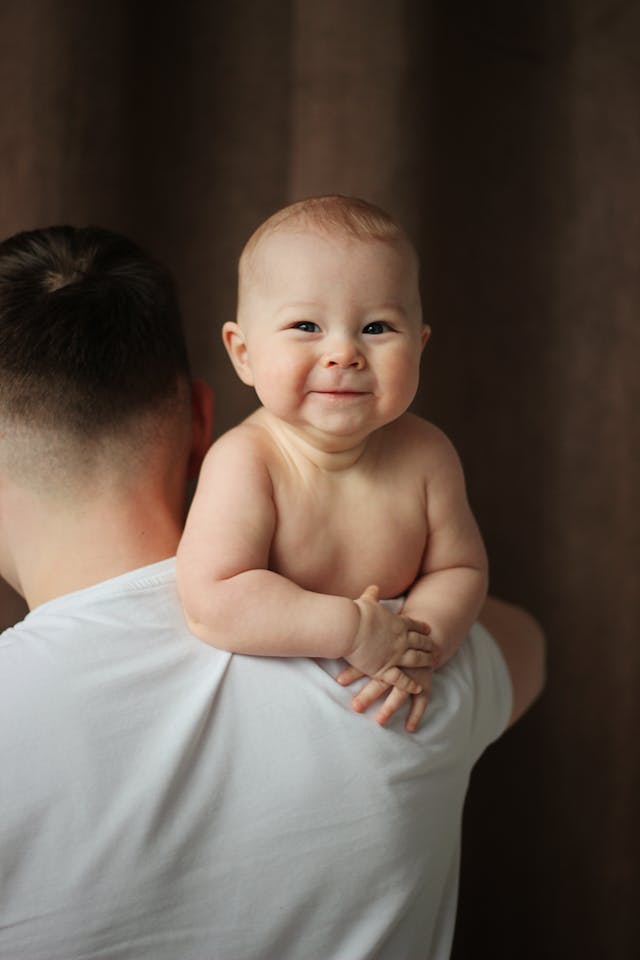When you have little ones crawling or toddling around the house, their safety becomes a top priority. One of the best investments you can make is a baby gate. These simple tools can help you create a secure environment by blocking off unsafe areas, like staircases, kitchens, or rooms with fragile items. But with so many options available, choosing the right baby gate can feel overwhelming. Don’t worry—I’ve got you covered! Let’s walk through the essentials of buying a baby gate so you can make an informed decision and keep your little one safe.

Types of Baby Gates
There are three main types of baby gates, and understanding their differences will help you pick the best one for your needs:
- Pressure-Mounted Baby Gates
Pressure-mounted gates are a great choice for areas where you don’t want to damage walls or doorframes. They use tension to stay in place and are easy to install and move around. However, these gates aren’t ideal for the tops of staircases because they can be dislodged with enough force. - Hardware-Mounted Baby Gates
Hardware-mounted gates are the most secure option. They’re screwed into the wall or banister, making them ideal for staircases or areas where your child’s safety is most critical. While they require more effort to install, the peace of mind they provide is well worth it. - Retractable Baby Gates
Retractable gates are sleek and versatile, featuring a fabric panel that rolls up when not in use. These gates are fantastic for areas with limited space and can be used both indoors and outdoors. However, they may not be as robust as hardware-mounted gates for high-risk areas.
Key Features to Look For
When shopping for a baby gate, keep these features in mind:
- Material: Baby gates come in various materials like wood, metal, and plastic. Metal gates are the most durable, while wood offers a classic aesthetic. Plastic gates are lightweight and portable but may not be as sturdy.
- Height: Look for a gate that’s tall enough to prevent your child from climbing over it. Most gates are around 30 inches tall, but if your little one is extra adventurous, consider a taller option.
- Width: Measure the space where you’ll be installing the gate. Many gates are adjustable, but if your doorway or staircase is particularly wide, you may need an extension kit.
- Locking Mechanism: The locking mechanism should be secure enough to keep curious toddlers out but simple enough for adults to operate with one hand. This is especially important if you’ll be carrying your baby or other items while opening the gate.
- Ease of Installation: Choose a gate that fits your lifestyle. If you need something portable, go for a pressure-mounted or retractable gate. For a more permanent solution, opt for a hardware-mounted gate.
Room-by-Room Baby Gate Placement
To maximize safety, consider where baby gates will be most effective in your home:
- Staircases: Always use a hardware-mounted gate at the top of stairs to prevent accidents. Pressure-mounted gates can be used at the bottom of stairs.
- Kitchens: A pressure-mounted or retractable gate can keep your little one out of harm’s way while you’re cooking.
- Living Rooms: If you have a fireplace or other hazards, use a free-standing baby gate to block off the area.
- Bedrooms and Playrooms: Gates can be used to create safe play zones, especially if you have multiple children and need to keep younger ones away from toys with small parts.
Safety Tips for Using Baby Gates
- Always follow the manufacturer’s installation instructions carefully. A poorly installed gate is just as dangerous as not having one at all.
- Regularly check the gate to ensure it’s secure and free of damage.
- Teach older siblings to respect the gate and not to leave it open or try to climb over it.
- If you’re using a pressure-mounted gate, make sure the pressure pads are evenly adjusted for a snug fit.
Budget-Friendly Options
You don’t have to break the bank to find a reliable baby gate. Many affordable options offer excellent safety features. Look for sales or second-hand gates, but always ensure they meet current safety standards and haven’t been recalled.
Final Thoughts
As parents, we all want to create a home where our little ones can explore, learn, and grow safely. A baby gate is a small but significant step in babyproofing your space. By understanding your needs and choosing the right type of gate, you’ll be well on your way to creating a secure environment for your child.
Remember, every family and home is unique, so take the time to find a gate that works best for you. With the right choice, you can enjoy peace of mind while your little one discovers the world around them. 😊

